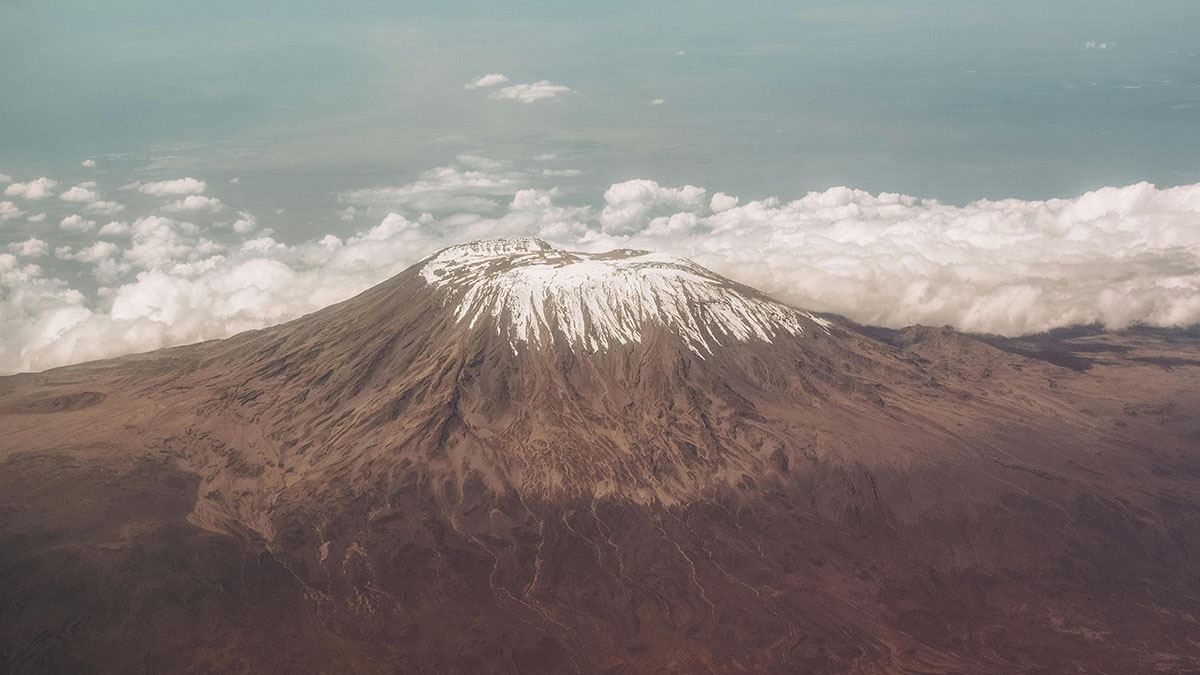What Is Mount Kilimanjaro? The Ultimate Guide | Kili Quests
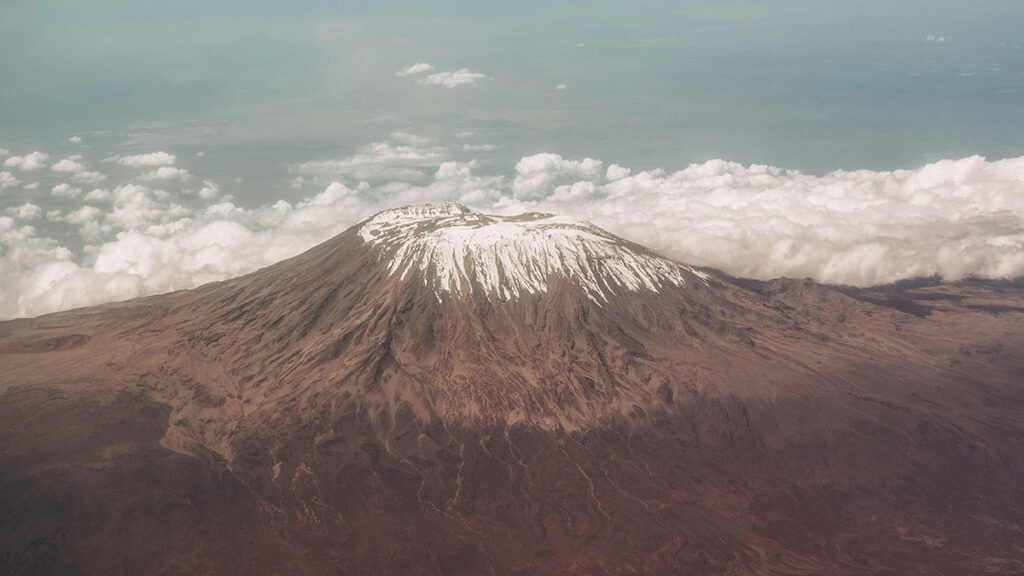
Mount Kilimanjaro is Africa’s tallest and most iconic peak — and a dream destination for trekkers worldwide. Standing at 5,895 meters (19,341 feet), it is not only the highest mountain in Africa but also the tallest free-standing mountain in the world.
At Kili Quests, we help adventurers like you climb to the top — safely, confidently, and with unforgettable memories.
This guide covers everything you need to know about Kilimanjaro, from its volcanic geography and trekking routes to history, ecosystems, and how to prepare for your climb.
10 Must-Know Facts About Kilimanjaro – Discover quick facts that every trekker should know before climbing.
Table of Contents
Geography & Volcanic Features of Mount Kilimanjaro
Located in northeastern Tanzania, near the Kenya border, Kilimanjaro is a massive dormant volcano made up of three cones:
- Kibo: The tallest and home to Uhuru Peak
- Mawenzi: Rugged and rarely climbed
- Shira: The oldest and eroded cone
As you ascend, you’ll pass through five unique ecological zones, from lush rainforest to arctic summit — each with different views, temperatures, and wildlife.
UNESCO World Wonder Article – Explore Kilimanjaro’s global recognition and cultural importance.
History & Cultural Significance
Kilimanjaro has deep meaning for the Chagga people, who live around its base. The mountain is considered sacred, with myths of spirits and ancestral guardians.
- First summit: Hans Meyer (Germany), 1889
- Current spiritual value: Chagga and Pare tribes still perform rituals in sacred areas
- Global importance: Kilimanjaro is a UNESCO World Heritage Site
Why Kilimanjaro Is Called ‘Kilimanjaro’ – Uncover the origin and meaning behind the mountain’s mysterious name.
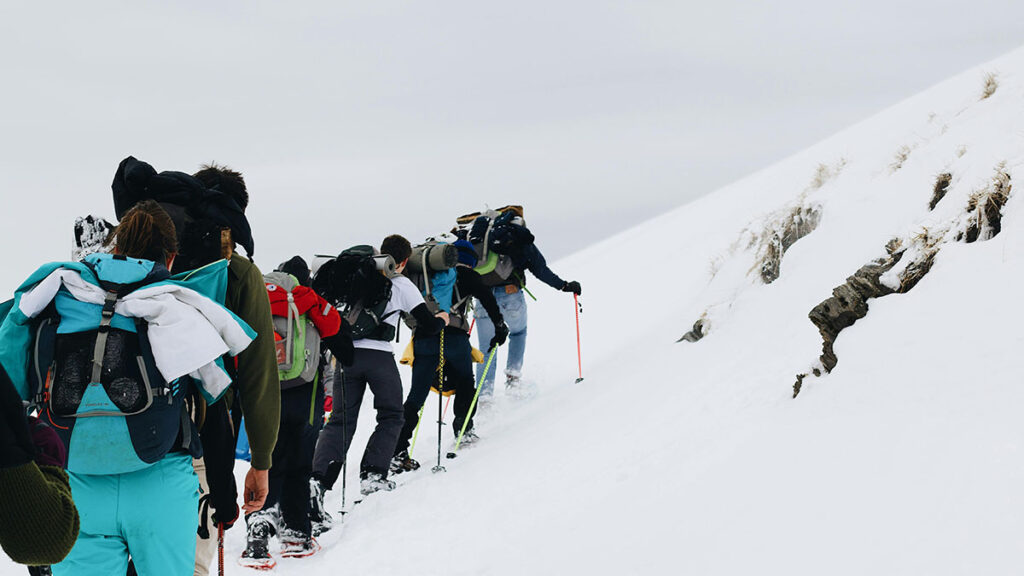
Trekking Routes to the Summit
There are 7 main routes to Uhuru Peak — each with its own difficulty, scenery, and success rate. Kili Quests offers guided treks on all routes.
Popular Routes We Offer:
- Machame Route: “Whiskey route” — scenic and popular
- Marangu Route: “Coca-Cola route” — huts instead of tents
- Lemosho Route: Gradual, quiet, and great for acclimatization
- Rongai Route: Drier, remote trail from the north
- Northern Circuit: Longest and best for acclimatization
- Shira Route: High starting point, scenic but challenging
- Umbwe Route: Steepest, for experienced trekkers only
Compare routes: Kilimanjaro Routes Compared
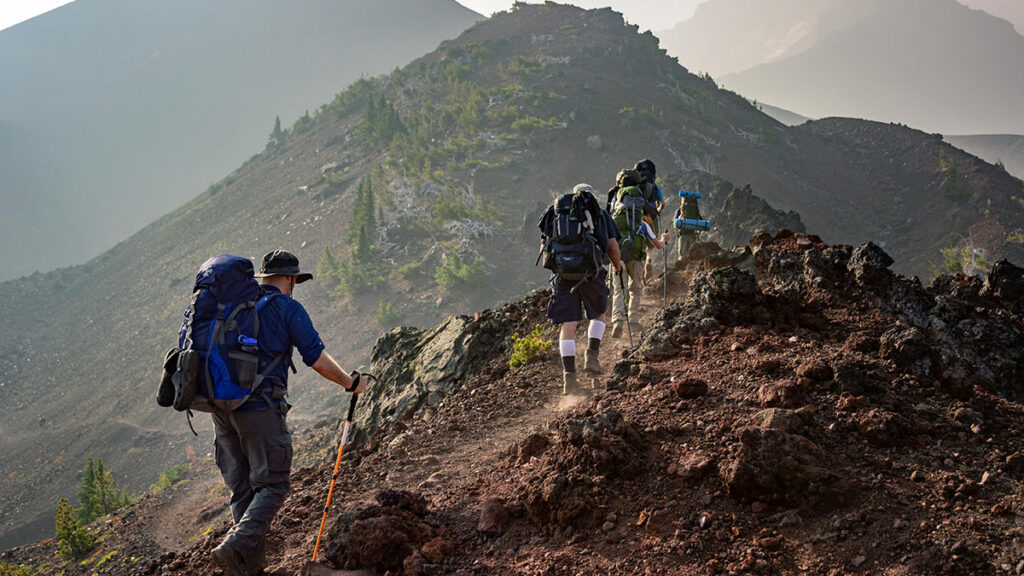
Challenges of Climbing Mount Kilimanjaro
While Kilimanjaro isn’t technical (no ropes or climbing gear), it’s still a tough trek — mainly due to altitude and temperature shifts.
Common Challenges:
- Altitude sickness – risk starts above 3,000m
- Summit night cold – temperatures drop to -10°C or lower
- Fatigue – long trekking days require stamina
Understand how to adapt: Altitude Sickness on Kilimanjaro
How to Prepare for a Kilimanjaro Climb
Preparation is key — here’s how to get ready:
Fitness & Training
- Walk or hike regularly
- Practice with a daypack on uneven terrain
- Train at higher elevations if possible
Gear & Clothing
- Layered clothing system
- Waterproof hiking boots
- Daypack, headlamp, thermal wear
Full checklist: Kilimanjaro Packing List
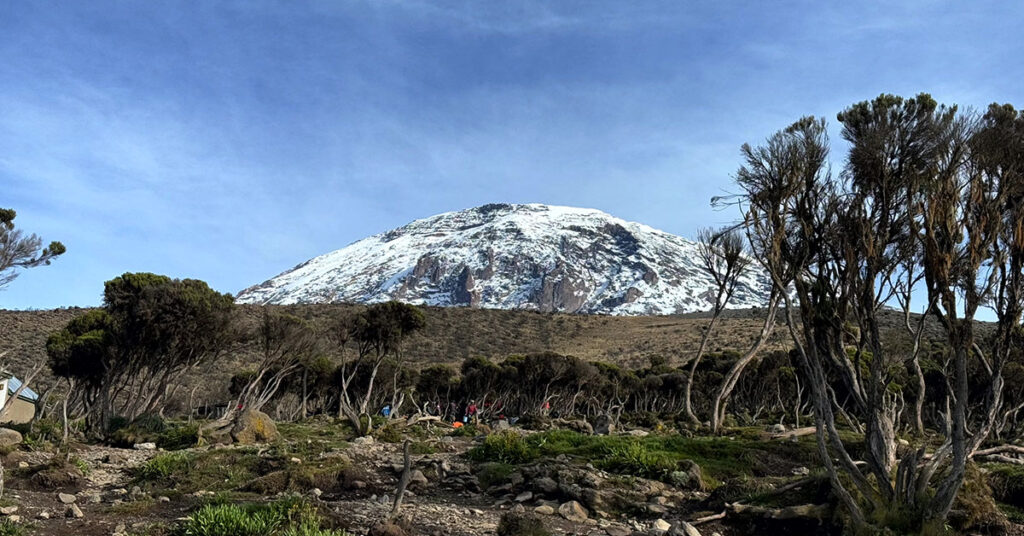
Wildlife & Ecosystems
Kilimanjaro’s five zones are home to diverse plant and animal life:
- Rainforest zone: Blue monkeys, colobus monkeys, bushbucks
- Moorland: Giant groundsels, lobelias
- Alpine desert: Hardy shrubs and unique high-altitude flowers
- Birds: White-necked ravens, eagles, sunbirds
Ecological Zones – Learn how Kilimanjaro’s unique climates change from rainforest to arctic summit.
Safety & Support
At Kili Quests, your safety is our top priority.
Our Safety Measures:
- WFR-certified guides
- Pulse oximeters & oxygen available
- Emergency evacuation protocols
- Porter support for carrying gear
- Route flexibility in case of illness or weather
Why Climb with Kili Quests?
We’re not just guides — we’re locals, mountain professionals, and passionate adventurers. When you climb with Kili Quests, you get:
- Expert route advice
- Small group or private trek options
- Full preparation support
- Transparent pricing and ethics
- Cultural insights and Chagga heritage storytelling
Climb confidently: Climb Kilimanjaro with Experts
Ready to Conquer Kilimanjaro?
Join the many climbers who have reached the Roof of Africa with Kili Quests.
From planning and packing to celebrating your summit — we’re with you every step of the way.
Related Articles
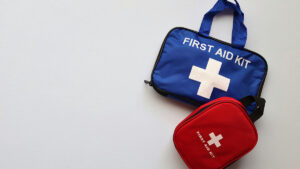
Kilimanjaro Trek Health Checklist & Altitude Sickness Tips
April 12, 2025
No Comments
Table of Contents Essential Medication and Health Tips for Your Kilimanjaro Trek | Kili Quests Climbing Mount Kilimanjaro is an incredible adventure — but

Stay Clean on Kilimanjaro: Showers, Wipes & Hygiene
April 15, 2025
No Comments
Table of Contents Hygiene on Mount Kilimanjaro: Showers, Water, and Staying Fresh While Trekking Maintaining good hygiene during your Mount Kilimanjaro trek is essential for
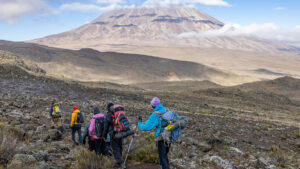
Kilimanjaro Climb Timing 2025: Seasons & Weather Tips
April 11, 2025
No Comments
Table of Contents Best Time to Climb Kilimanjaro: Seasons Explained | Kili Quests Understanding the Best Time to Climb Mount Kilimanjaro Wondering when to


